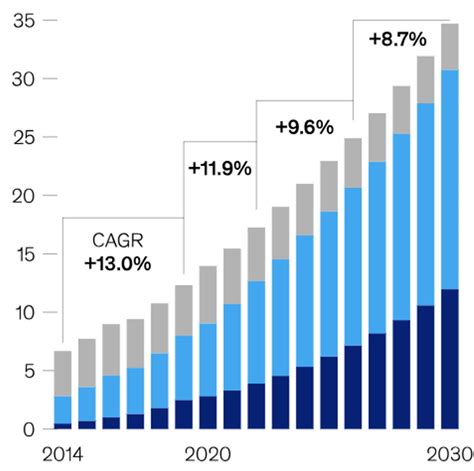Predicting Blockchain Energy Demand: An AI Perspective
As the world continues to transform towards a more decentralized and digital economy, energy consumption to power blockchain networks is becoming increasingly important. The adoption of blockchain technology has generated a lot of interest in its potential benefits, including increased efficiency, reduced environmental impact, and reduced carbon emissions. However, one critical aspect that is often overlooked is the energy demand associated with these systems.
In this article, we explore how artificial intelligence (AI) can be used to predict energy demand in blockchain networks. We look at the key factors driving energy consumption, discuss the role of machine learning algorithms, and explore the potential benefits of using artificial intelligence to predict blockchain energy.
Factors Driving Energy Consumption
Blockchain networks require significant amounts of computing power to validate transactions, perform complex calculations, and maintain their decentralized architecture. Below are some of the key factors contributing to increased energy consumption:
- Transaction validation: The process of validating transactions on the blockchain network requires significant computing resources, which can lead to increased energy consumption.
- Smart contract execution: Smart contracts are self-executing programs that automate various tasks on the blockchain network. Their execution generates high energy requirements due to the complex algorithms and calculations involved.
- Storing and retrieving data: Storing and retrieving blockchain data requires significant amounts of energy, especially in large networks with many nodes.
Machine learning algorithms for energy prediction
To accurately predict energy requirements in blockchain networks, machine learning (ML) algorithms can be used to analyze the factors that drive energy consumption. These algorithms can learn from historical data and real-time sensor readings to identify patterns and trends that affect energy requirements.
- Time series analysis: Techniques such as ARIMA (AutoRegressive Integrated Moving Average) and LSTM (Long Short-Term Memory) models are well suited for time series forecasting, which allows AI systems to analyze energy consumption over time.
- Predictive modeling

: Multivariate regression analysis and neural networks can be used to create predictive models that predict energy demand based on various factors such as network traffic, node activity, and environmental conditions.
Benefits of using artificial intelligence for energy forecasting
Using artificial intelligence in energy demand forecasting has several benefits:
- Improved accuracy: Machine learning algorithms can accurately analyze large data sets and identify patterns that may not be visible to human analysts.
- Real-time monitoring: AI-powered systems enable real-time monitoring of network performance and enable immediate adjustments to optimize energy consumption.
- Scalability: AI algorithms can process massive amounts of data and scale to accommodate growing blockchain networks.
- Cost-efficiency: By reducing energy consumption through optimized predictive models, blockchain networks can minimize their carbon footprint and operational costs.
Real-world applications
There are numerous potential applications of AI-powered energy prediction in blockchain networks:
- Predictive maintenance
: AI-driven predictive maintenance can help detect equipment failures before they occur, reducing downtime and increasing overall network reliability.
- Energy efficiency optimization: By analyzing real-time data and identifying patterns, AI systems can optimize energy consumption across the network, resulting in significant cost savings.
3.
Để lại một bình luận